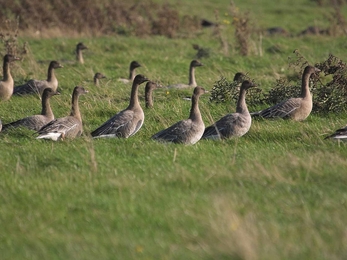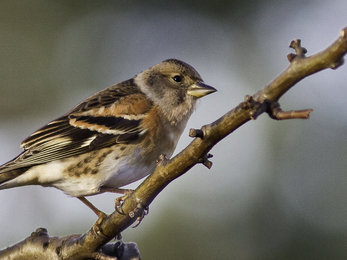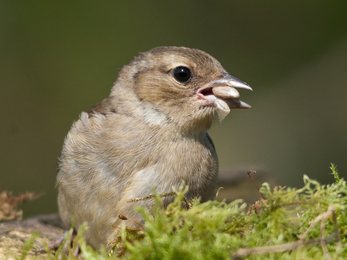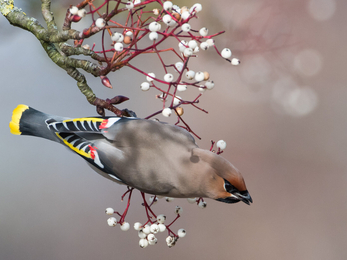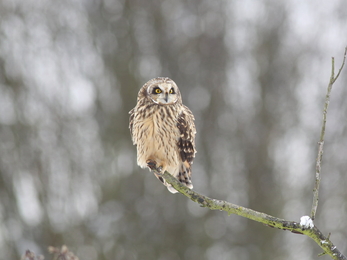We are all familiar with the concept that birds migrate. It’s a major advantage of having wings that birds can cover great distances throughout a year to take advantage of better conditions elsewhere. In the UK, some of our most well-known species are our summer visitors.
Species such as swallows, cuckoos, and nightingales are embedded in British culture and are synonymous with summertime across the UK and the less well known are our winter visitors. Whilst our summer visitors tend to come from southern Europe or Africa, we must look east for the origin of our winter arrivals.
Scandinavia and Russia are lands of plenty in the summer months; lots of food, mild climate, relatively few predators, vast areas of wilderness in which to live and rear young, it’s great! However, these regions can experience large periods of snowfall and sub-zero temperatures during winter and can become extremely inhospitable. Waterbodies freeze over, insect populations die off and seeds are buried under snowfall. Most bird species living here must migrate somewhere else for the winter in order to survive, and that’s where the UK comes in.
Due to the Gulf Stream, the UK experiences a much milder winter climate than other countries of the same latitude, so we act as a magnet for birds from continental Europe.





